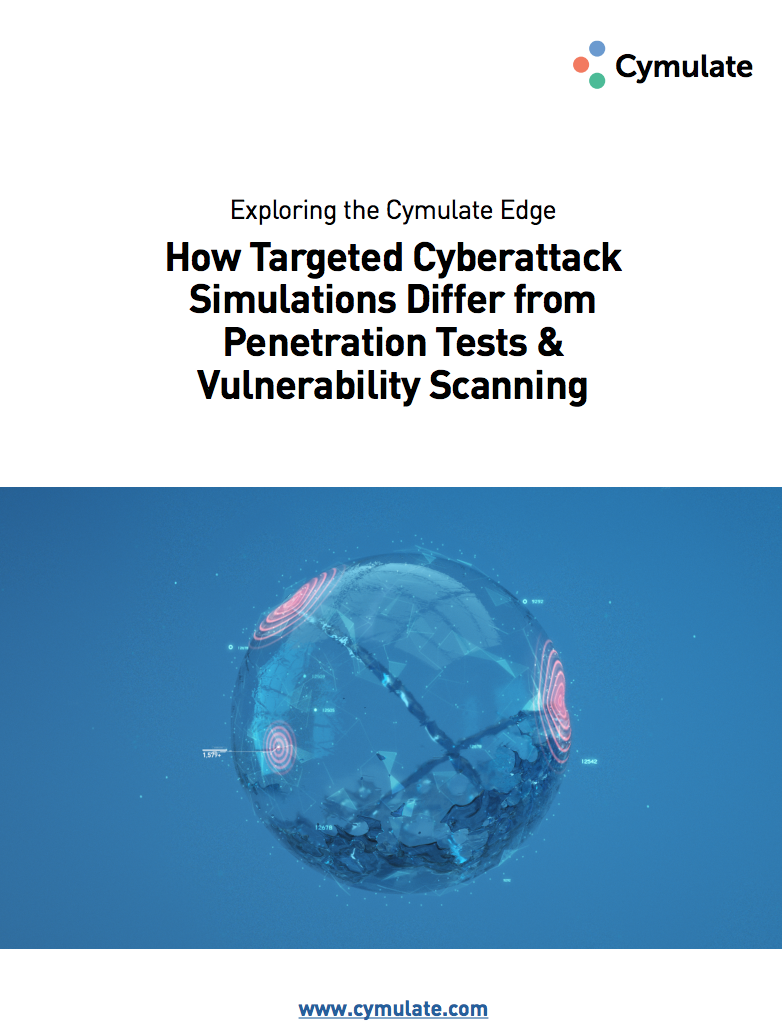WAPDropper malware hooks you up to premium telecoms services
Hackers have incorporated machine learning into a strain that subscribes victims to legitimate services provided by telecoms firms


A newly discovered malware strain has been identified in the wild that unwittingly registers victims for premium services provided by legitimate telecoms firms.
Named WAPDropper, the malware downloads and executes a payload, dropping a wireless application protocol (WAP) premium dialer which subscribes its victims to premium services in Thailand and Malaysia without their knowledge or consent.
The malware strain comprises two separate modules, according to Check Point Research, including a dropper module responsible for downloading the second-stage malware, and a premium dialer module that is responsible for the subscription element.
This campaign identified by the researchers subscribes users to premium services offered by legitimate telecoms providers in Thailand and Malaysia.
The scheme is centred on making calls to premium-rate numbers, which will, in turn, generate profit for the cyber criminals who collaborate with the owners of these particular phone numbers.
After the application is first installed on a device using third-party app stores, WAPDropper contacts the command and control server and receives the payloads to execute. This first payload is the premium dialer module, which opens a tiny web window and contacts premium services.
Once WAPDropper opens the landing pages, it’ll attempt to subscribe the victim to these services. Alarmingly, the process includes a mechanism that can bypass the CAPTCHA security requirement, which must be overcome to complete a transaction.
Get the ITPro daily newsletter
Sign up today and you will receive a free copy of our Future Focus 2025 report - the leading guidance on AI, cybersecurity and other IT challenges as per 700+ senior executives
RELATED RESOURCE

How cyber attack simulations differ from penetration tests and vulnerability scanning
Exploring the Cymulate Edge
It’s at this stage that the operators deploy the services of Super Eagle, a Chinese firm that offers a machine learning tool for image recognition. When the malware submits the verification code image to the service, the platform returns the coordinate position of the recognition result in the image, then parses the coordinate simulation landing.
The malware also attempts to avoid detection by hiding its icon to prevent users from spotting it on their device and uninstalling the app. The malware also performs checks to determine whether the victim is using a proxy or virtual private network (VPN).

Keumars Afifi-Sabet is a writer and editor that specialises in public sector, cyber security, and cloud computing. He first joined ITPro as a staff writer in April 2018 and eventually became its Features Editor. Although a regular contributor to other tech sites in the past, these days you will find Keumars on LiveScience, where he runs its Technology section.
-
 Bigger salaries, more burnout: Is the CISO role in crisis?
Bigger salaries, more burnout: Is the CISO role in crisis?In-depth CISOs are more stressed than ever before – but why is this and what can be done?
By Kate O'Flaherty Published
-
 Cheap cyber crime kits can be bought on the dark web for less than $25
Cheap cyber crime kits can be bought on the dark web for less than $25News Research from NordVPN shows phishing kits are now widely available on the dark web and via messaging apps like Telegram, and are often selling for less than $25.
By Emma Woollacott Published
-
 Hackers are targeting Ivanti VPN users again – here’s what you need to know
Hackers are targeting Ivanti VPN users again – here’s what you need to knowNews Ivanti has re-patched a security flaw in its Connect Secure VPN appliances that's been exploited by a China-linked espionage group since at least the middle of March.
By Emma Woollacott Published
-
 Broadcom issues urgent alert over three VMware zero-days
Broadcom issues urgent alert over three VMware zero-daysNews The firm says it has information to suggest all three are being exploited in the wild
By Solomon Klappholz Published
-
 Nakivo backup flaw still present on some systems months after firms’ ‘silent patch’, researchers claim
Nakivo backup flaw still present on some systems months after firms’ ‘silent patch’, researchers claimNews Over 200 vulnerable Nakivo backup instances have been identified months after the firm silently patched a security flaw.
By Solomon Klappholz Published
-
 Everything you need to know about the Microsoft Power Pages vulnerability
Everything you need to know about the Microsoft Power Pages vulnerabilityNews A severe Microsoft Power Pages vulnerability has been fixed after cyber criminals were found to have been exploiting unpatched systems in the wild.
By Solomon Klappholz Published
-
 Vulnerability management complexity is leaving enterprises at serious risk
Vulnerability management complexity is leaving enterprises at serious riskNews Fragmented data and siloed processes mean remediation is taking too long
By Emma Woollacott Published
-
 A critical Ivanti flaw is being exploited in the wild – here’s what you need to know
A critical Ivanti flaw is being exploited in the wild – here’s what you need to knowNews Cyber criminals are actively exploiting a critical RCE flaw affecting Ivanti Connect Secure appliances
By Solomon Klappholz Published
-
 Researchers claim an AMD security flaw could let hackers access encrypted data
Researchers claim an AMD security flaw could let hackers access encrypted dataNews Using only a $10 test rig, researchers were able to pull off the badRAM attack
By Solomon Klappholz Published
-
 A journey to cyber resilience
A journey to cyber resiliencewhitepaper DORA: Ushering in a new era of cyber security
By ITPro Published